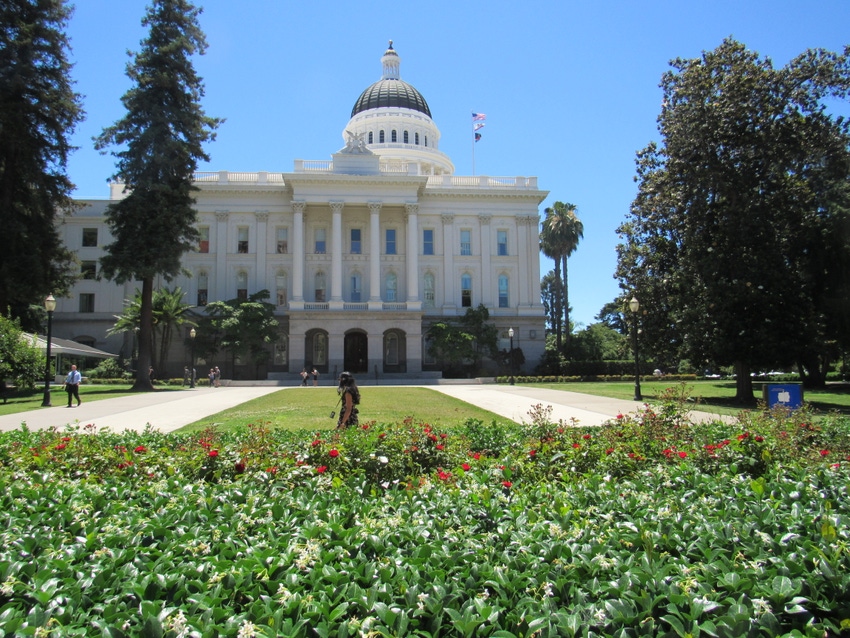
In an appeal of a previous denial, California's Office of Emergency Services is asking for $1.11 billion in federal reimbursements for the Oroville Dam reconstruction project, officials said Monday.
The request on behalf of the Department of Water Resources comes after the Federal Emergency Management Agency told state leaders in March that some portions of the project likely would be ineligible for reimbursement. To date, FEMA has approved reimbursement of $337.4 million, officials say.
"We have to submit the full project costs to FEMA knowing they would only reimburse up to 75 percent," DWR spokeswoman Erin Mellon told Western Farm Press in an email.
The $1.1 billion cost estimate is essentially unchanged from last October, although specific projects and costs may have been shifted to other categories, the DWR explains in a news release. Some of those costs, including site rehabilitation and restoration, are projected, Mellon says.
"Plus we’ll need to reconcile all of the invoices from the emergency work over the past two years so there may be slight adjustments," she says.
Two-year project
Crews last winter wrapped up a two-year emergency rebuild of the Oroville Dam, which nearly collapsed amid heavy storms in February 2017. The dam is the centerpiece of the State Water Project, whose contractors irrigate about 750,000 acres of Central Valley farmland and serve more than 26 million customers, according to the project’s website.
Ratepayers to the SWP's 29 member-contractors would have to pick up any costs that FEMA doesn't cover, state officals say.
FEMA funding for the project has been in question since U.S. Reps. Doug LaMalfa, R-Calif., and John Garamendi, D-Calif., said last year that agency officials told them an unfavorable independent review of the DWR’s management of the dam may jeopardize federal reimbursement for the dam’s reconstruction.
A forensic team commissioned to study the dam’s near-failure issued a 584-page report in early 2018 that largely blames a culture of complacency within the DWR that insulated the agency from access to industry knowledge and technical expertise to safeguard the dam and its mile-long spillway.
FEMA has noted that in past disasters where there was a “lack of maintenance,” they only had the legal authority to provide reimbursements for work to bring facilities back to their “pre-disaster design,” the two lawmakers explained. In Oroville’s case, that would merely “return the spillways to the same condition that played a role in causing the disaster in the first place,” LaMalfa contends.
However, FEMA regional administrator Robert J. Fenton told the lawmakers that hazard mitigation grant funds – another pot of money – could be used to upgrade facilities.
About the Author(s)
You May Also Like






